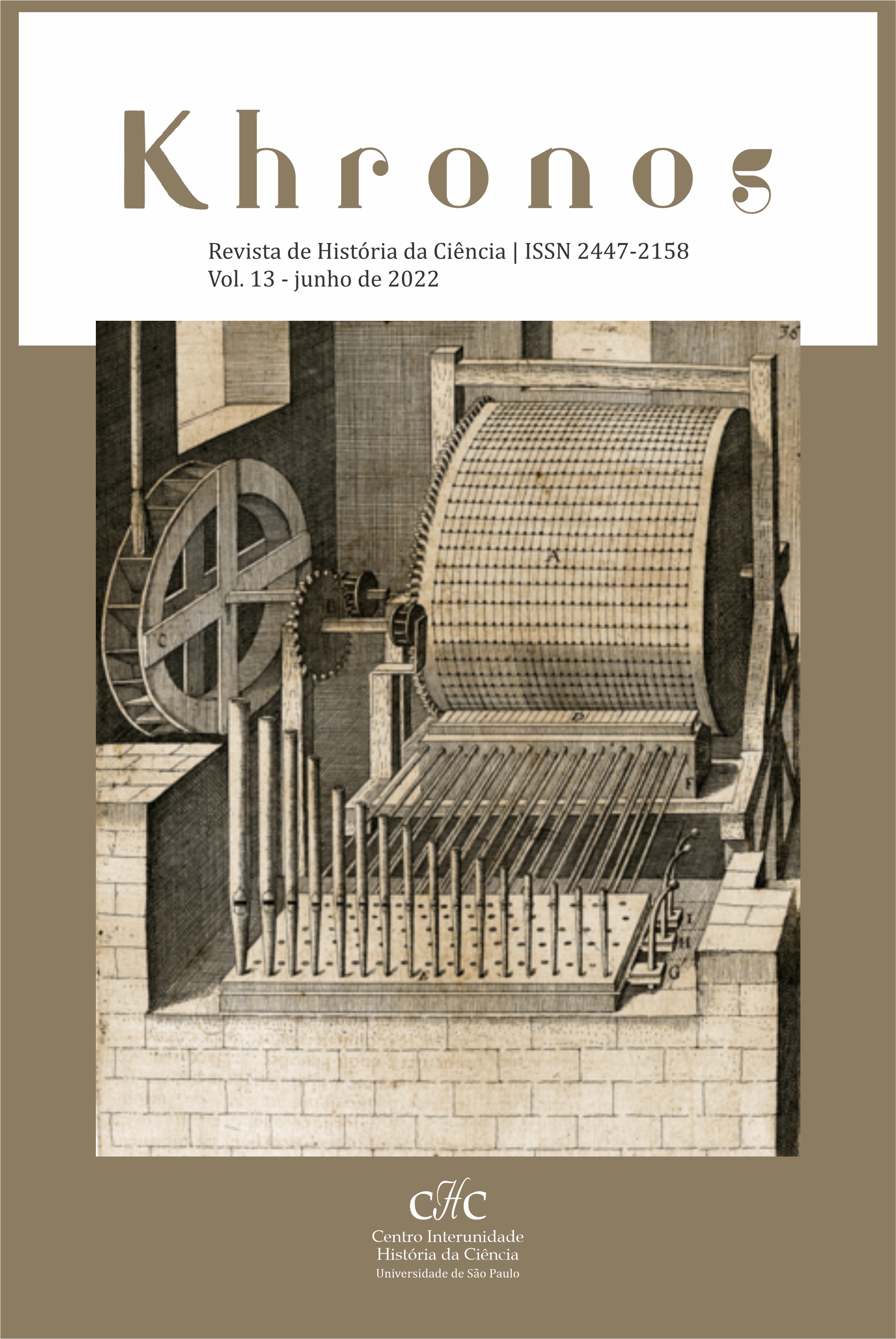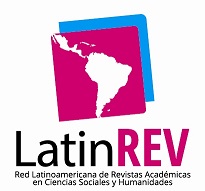The Telescope and the Scientific Revolution of the 17th century
DOI:
https://doi.org/10.11606/issn.2447-2158.i13p45-60Keywords:
Telescope, Scientific Revolution, Scientific InstrumentsAbstract
We propose to discuss the impact caused by a scientific instrument, the telescope, in the Scientific Revolution that took place in the 17th century. By allowing invisible objects to become visible, this instrument made it possible to broaden the conception of the universe. When analyzing the works of three 'protagonists' of this revolution - Galileo, Kepler and Newton - we found that the studies carried out by Galileo and Kepler in the improvement of the telescope strengthened the heliocentric theory, while Newton's protagonism occurred in the theoretical field of mechanics. However, the association between instrument and astronomer became recurrent only in the case of Galileo and the astronomical telescope.
Downloads
References
GALILEI, Galileo. Sidereus Nuncius (The Sideral Messenger). The University of Chicago Press, 2015. Traduzido e comentado por Albert Van Helden. 1989. Primeira publicação em 1610.
KEPLER, Johannes. Astronomia Nova. 2015. Green Lion Press. 1609. New, Revised Edition. Traduzido por William H. Donahue.
KOESTLER, Arthur. The Sleepwalkers: A History of Man's Changing Vision of the Universe. 1990, Hutchinson & Co Ltd, London, 1959.
KOYRE, Alexandre. Do Mundo Fechado ao Universo Infinito. 2006. Rio de Janeiro, 1957, Forense Universitária.
NEWTON, Isaac. Philosophiae naturalis principia mathematica (The Mathematical Principles of Natural Philosophy).2017. Create Space Independent Publishing Platform. Primeira publicação em 1687.
ROSSI, Paolo. Os filósofos e as máquinas: 1400-1700. 1989. São Paulo: Schwartz, 1989.
ROSSI, Paolo. O nascimento da ciência moderna na Europa. 2001. São Paulo: EDUSC, 1997.
RUY PÉREZ, Tamayo, La revolución científica. Fondo de Cultura Económica, México, 2012.
SHAPIN, Steven. The scientific revolution. 1998, The University of Chicago Press, Chicago, 1996.
VAL HELDEN, Albert. The birth of Modern Scientific Instruments, 1500-1700 In: BURKE, John (ed). The uses of science in the age of Newton. Berkeley: University of California Press, 1983.
Downloads
Published
Issue
Section
License
Copyright (c) 2022 Rafael Luis dos Santos Dall'olio

This work is licensed under a Creative Commons Attribution-NonCommercial 4.0 International License.
Authors who publish in this journal agree to the following terms:
- Authors retain the copyright and grant the journal the right to first publication, with the work simultaneously licensed under the Creative Commons Attribution License in the "Attribution-NonCommercial 4.0 International" (CC BY-NC 4.0) modality that allows sharing of the work with acknowledgment of authorship and initial publication in this magazine.
- Authors are authorized to assume additional contracts separately, for non-exclusive distribution of the version of the work published in this journal (eg, publishing in institutional repository or as a book chapter), with acknowledgment of authorship and initial publication in this journal.
- Authors are allowed and encouraged to publish and distribute their work online (eg in institutional repositories or on their personal page) at any point before or during the editorial process, as this can generate productive changes, as well as increase impact and citation of the published work (See The Effect of Open Access).
- Any doubts or complaints about copyright must be directed to the Editorial Board or qualify and express themselves in accordance with the guidelines of the Committee on Publications Ethics (COPE).





